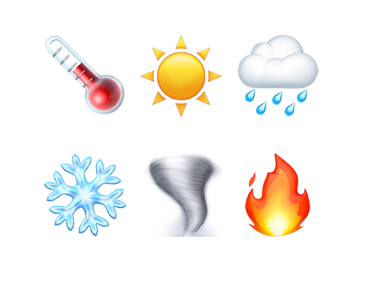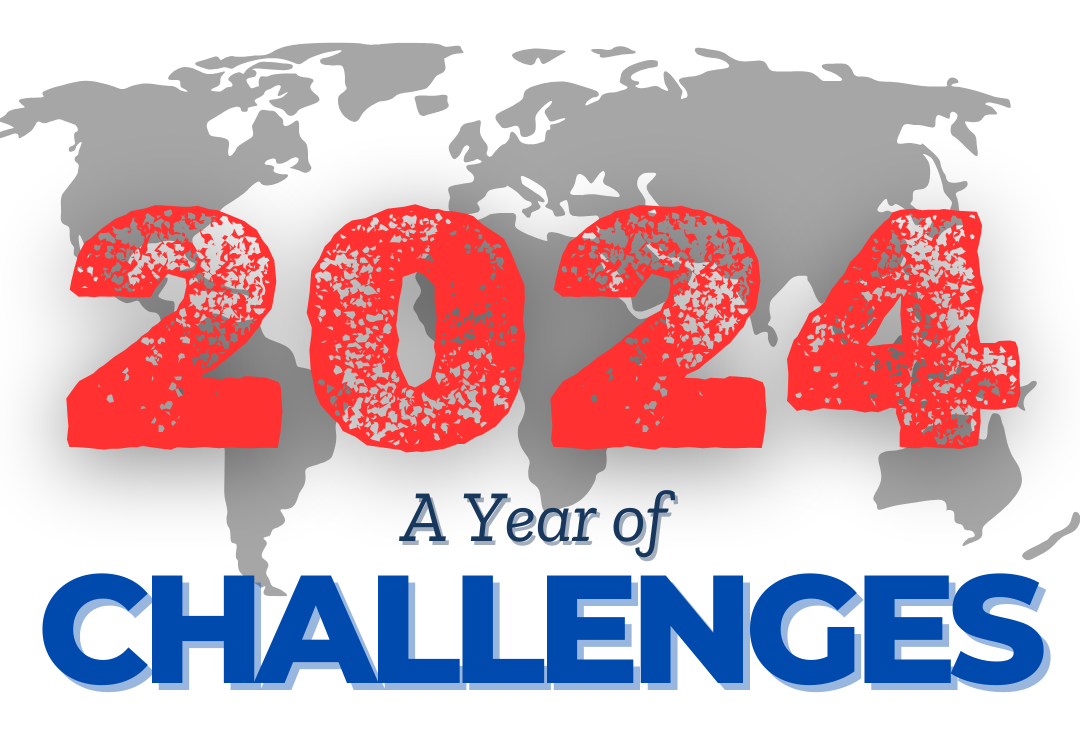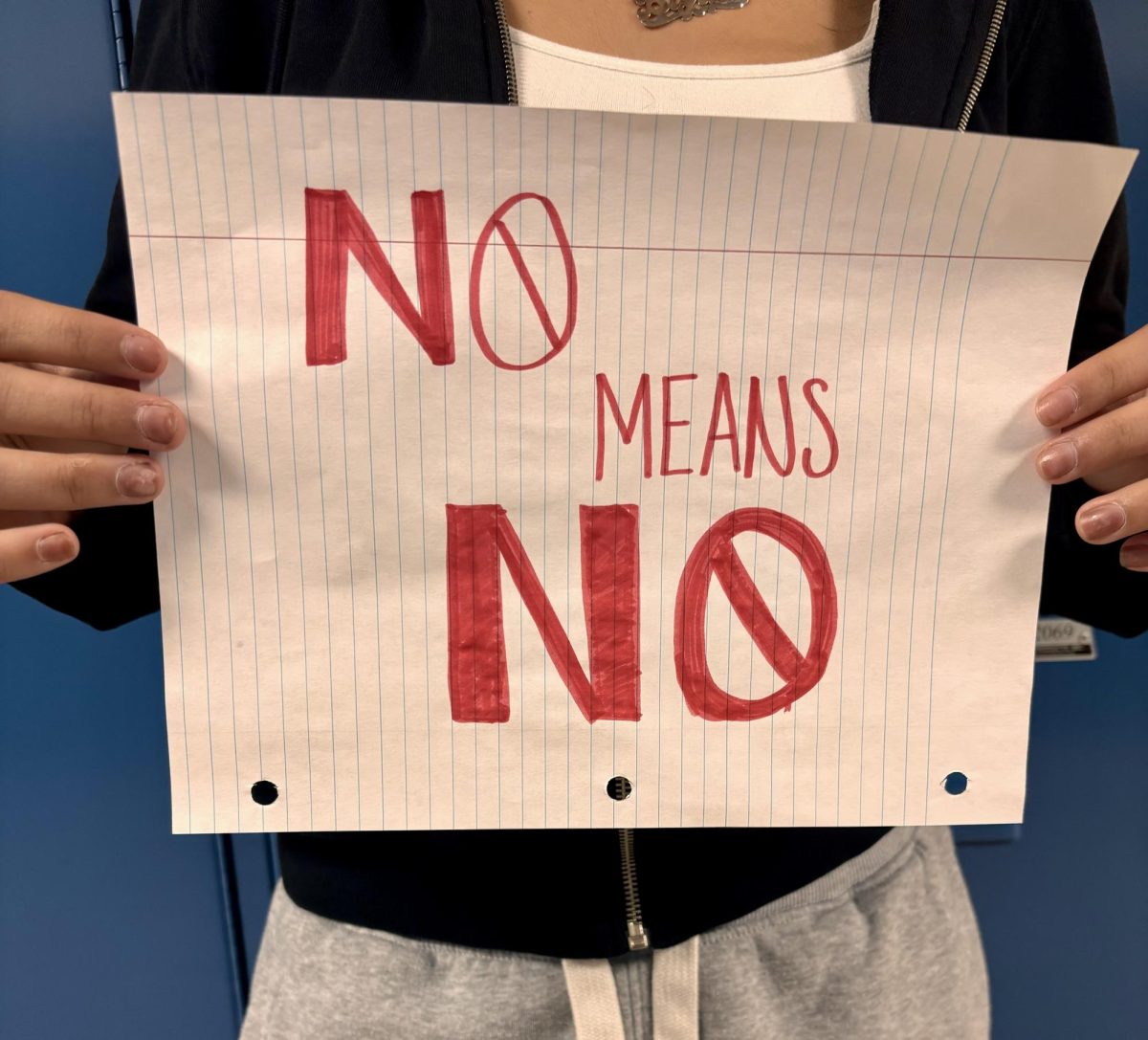
Airplane crashes on the news are becoming more and more frequent – and increasingly frightening. Many travelers are beginning to question the safety behind flying and whether or not it is a good idea to do so.
According to recent statistics, the frequency of fatal airplane crashes has been on a steady decline since the 1990’s – decreasing from about 35 fatal plane crashes a year to about 7 per year. The severity of these incidents depends on the reasons for the crash, and the actions taken by the pilots. Generally, pilots are able to detect problems early on and are able to alleviate their severity.

Many problems with airline flights come from unavoidable obstacles in a flight path. You may remember the US Airways Flight 1529 incident in 2009, where a plane landed on the Hudson River. In this instance, a large flock of birds struck one of the engines – causing it to fail. Thanks to the evasive actions of the pilots on board, no one was killed in the incident. But before you worry that there aren’t any rivers in your flight path, a plane can just as easily make an emergency landing onto a runway or open field.
Speaking of runways, another common problem with airplanes is skidding off of the runway. When taking off or landing, certain situations make it difficult for pilots to see the extent of a runway. This may sometimes cause a plane to steer off, but thankfully this scenario is an exceptionally rare cause for fatality. In one recent instance, Delta Airlines Flight 1086 skidded off of the runway due to a heavy ice buildup. Yet again, no passengers were killed thanks to the actions taken by their pilots.
Fortunately for travelers, the chances of having a severe problem on a plane are very slim. Usually, the worst problems faced on a flight are patches of turbulence, noises such as cracking sounds and creaks, and condensation forming ‘white smoke’ in the cabin. All of these instances are normal, and even in extreme circumstances such as the plane falling a few feet from a patch of turbulence, everyone is completely safe.
”Start small,” recommended Mrs. Tanis, a Colonia High School teacher and frequent flyer. “Don’t expect to go on a flight for seven hours, and expect not to have anxiety about that. Start on small flights.” Mrs. Tanis has been on approximately sixty flights, and now flies almost weekly.
Another suggestion is to use a window seat, so that you may see the entirety of your surroundings, and not be as overcome by a feeling of entrapment. This feeling, as well as the fear of engine failure & hijacking are among the most common hesitations for going on an airplane.
“I’m not afraid of the takeoff or landing, “ said CHS Paraprofessional Mrs. Zinco, “it’s just the feeling of being trapped on that plane for so long worrying about what might happen that I’m afraid of.” Mrs. Zinco has been unable to board a plane for upwards of twenty years due to paranoia. This fear of flying is also known as aviatophobia.
According to the National Institute of Mental Health, about 20 million Americans have a fear of flying so intense that it qualifies as a Specific Phobia and this fear plagues more women than men. Some famous people with aviatophobia are Kim Jong-Il, Stanley Kubrick, Whoopi Goldberg, and John Madden.
The fear of flying can be caused by a fear of heights, fear of closed spaces, fear of the loss of control, fear of being over water, fear of the unknown and/ or the fear of accidents/ death. Treatment for aviatophobia consists of educating one’s self about the sounds and situation you encounter on a plane, Cognitive-Behavioral- Therapy which includes desensitization to the event, and medication for a temporary solution.
Despite recent crashes and people’s fears, flying is statistically the safest way to travel.









